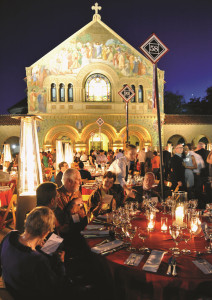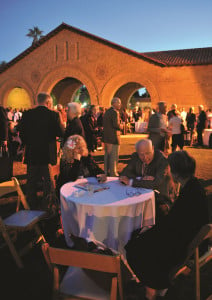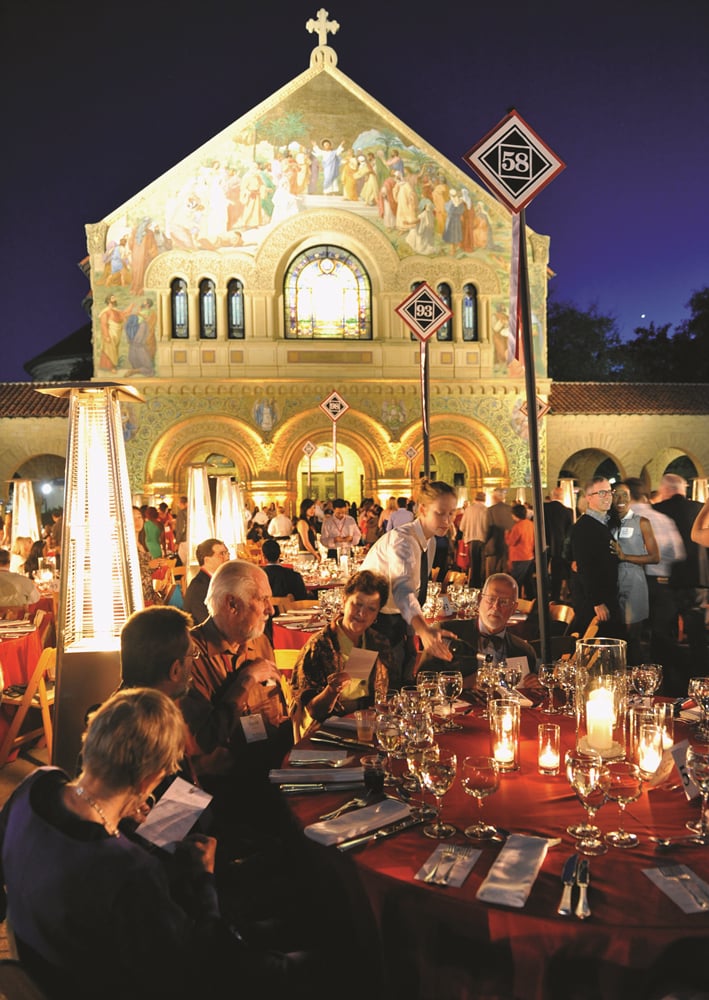Reunion Homecoming Weekend hit record attendance numbers this year, with more than 6,850 alumni and more than 9,510 individuals attending in total.

Leslie Winick, director of alumni and student class outreach for the Stanford Alumni Association, said that the youngest alumni reunion groups experienced the greatest rise in participation this year, with the largest gains seen in the five-year and 10-year reunions as well as the Recent Grad Reunion for students who matriculated fewer than five years ago.
Winick added that only 50 alumni attended the first year they invited recently graduated classes back. This year, they had over 1,000.
Howard Wolf ’80, president of the Stanford Alumni Association, said that, if anything, online interconnectivity has helped the process of encouraging past students to come back to the Farm and reconnect face to face with their college peers.
“We think Facebook is actually a means to connect with each other that then drives the desire for people to see each other in person,” Wolf said. “There’s a saying in Silicon Valley – the more high tech things become, the more people yearn for high touch.”
This year, large emphasis was placed on mini-reunions, in which individuals who closely participated in a club, fraternity or sorority come together for events that range from tailgating to food truck fairs. Once such reunion was that of the Leland Stanford Junior University Marching Band (LSJUMB), which celebrated its 50th year in its current irreverent form.
For the first time ever, each current undergraduate class’ plaque–which will eventually be placed in the Main Quad–was displayed in the Arrillaga Alumni Center for alumni and students to see.
Artful events and planning strategies

The partnership with the Stanford Institute for Creativity and the Arts has matured since its inception during last year’s Homecoming. In addition to a strong emphasis on the arts in schedule handouts provided to attendees, new events like the Arts Student and Alumni Reception allowed the arts to have a large impact on alumni.
“Last year, we piloted the arts program, and it was very small,” Winick said. “Even though it’s actually technically not new, I feel like we’re honoring what [the Stanford Institute for Creativity and the Arts] are trying to do, which is making the arts part of Stanford.”
A large part of the complexity involved in the process of planning Homecoming Weekend every year is receiving and coordinating the input of each alumni year’s volunteers, who are responsible for planning and executing the weekend’s event offerings.
According to Winick, a large part of the creative process comes from the alumni themselves. For example, a reunion class helped initiate the use of food trucks at last year’s Homecoming Weekend.
Some details, on the other hand, simply could not be worked out in advance due to factors beyond the organizational team’s control. According to Wolf, no fewer than 12 different scenarios had to be planned in regards to the kick-off time–the start time was not determined until Oct. 9–for the football game against UCLA, which Stanford won 24-10.
Overall, the planned events were able to help Stanford graduates reconnect with each other and also meet potential future members of the Farm family.
“I saw a baby [Friday]. She was three months old,” Winick said. “She had a nametag on that said Class of 2033.”
Contact Skylar Cohen at skylark ‘at’ stanford.edu.
